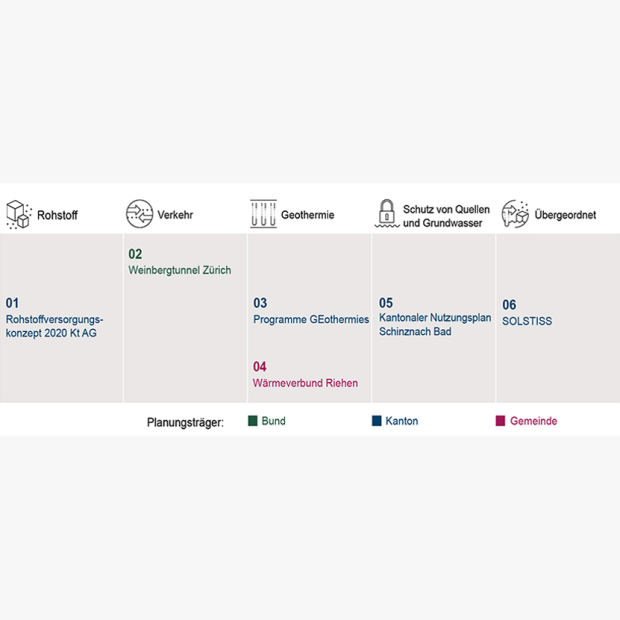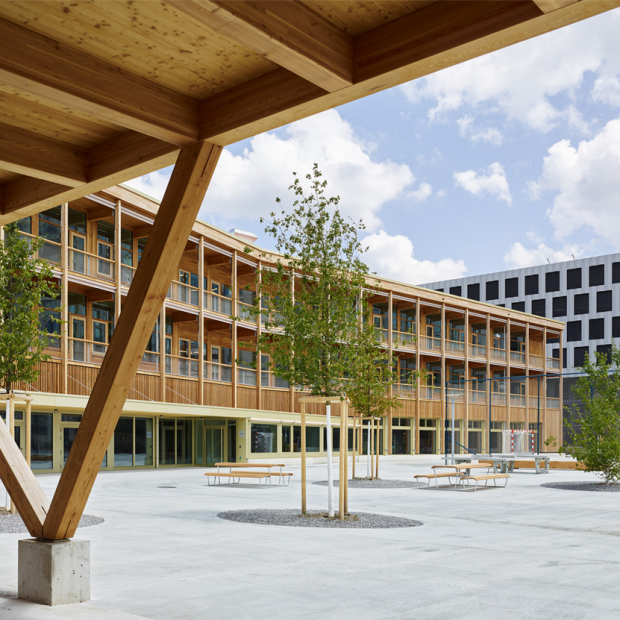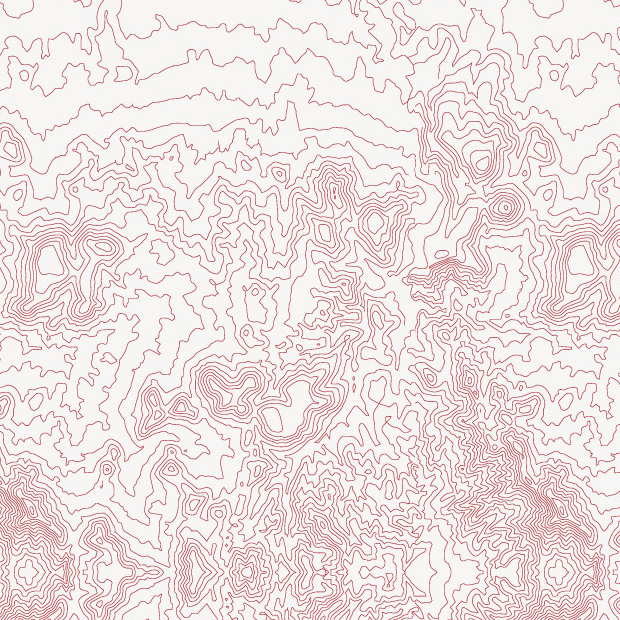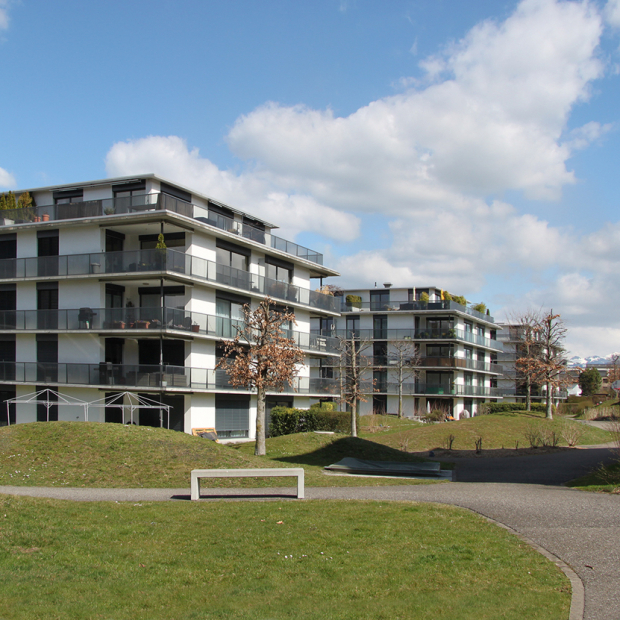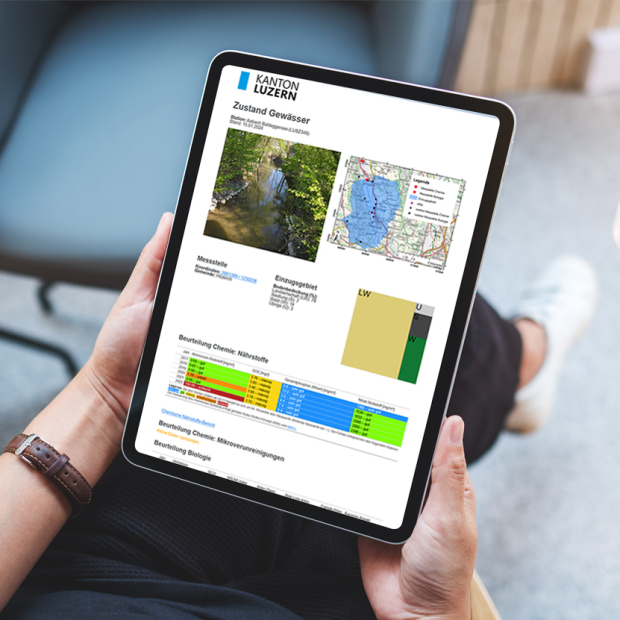
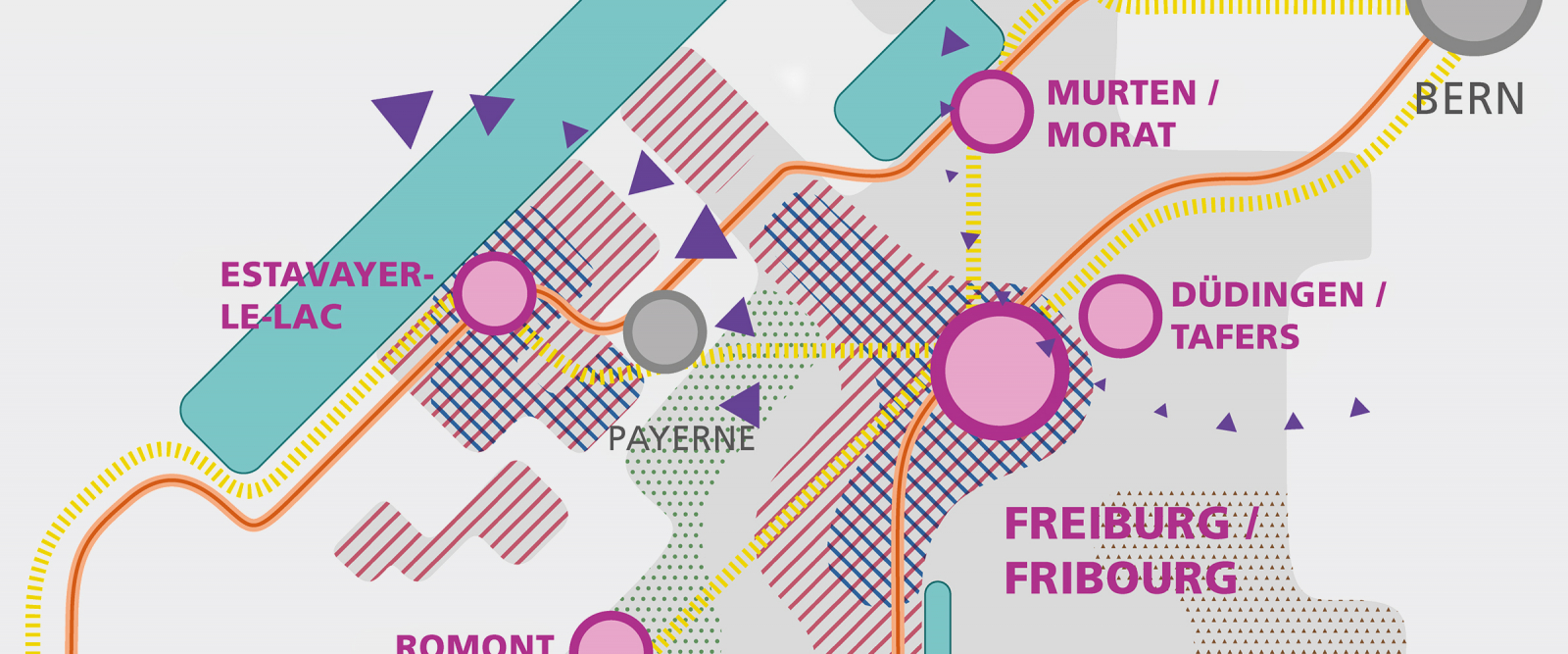
Spatial analysis for the Canton of Freiburg
The Canton of Freiburg has issued a guideline entitled “Space Allocation 2030” to provide a framework for the canton’s future spatial development. EBP provided the analytic basis for the guideline.
What are the main features of the socioeconomic development of the Canton of Freiburg? What is the canton’s current spatial structure in the larger context of the overall development and prosperity? What might be possible spatial development scenarios for the future?
In order to arrive at a deeper understanding of the spatial development and structure of the Canton of Freiburg, EBP has used 42 indicators to examine and evaluate the canton’s economic, demographic, infrastructural and political development. The various indicators were assigned to the following five topics: “Growth without an Ability to Compete”, “Stagnation at the Periphery”, “A Rural Canton in Transition”, “Go West” and “Freiburg’s Centres: Same Function, Different Prerequisites”. In addition to this topic-based inquiry, the study also presents a spatial synthesis by sketching the current spatial structure of the Canton and characterising its subareas.
Furthermore the study report offers an outlook into the future. Using the canton’s current spatial structure and identified development trends as a basis, the following three scenarios “Trend Development”, “Trend Reinforcement” and “Trend Attenuation” were developed. Various spatial development models for the Canton of Freiburg were then sketched on the basis of these scenarios. The models were then used to highlight the issues that will play an important role in the drafting of a space allocation concept and the subsequent revision of the cantonal spatial development plan.
The results of the study provided valuable input for the drafting of the Memorandum issued by the Council of State to the Grand Council Concerning the Decree on the Principles and Goals of Spatial Development Planning.





